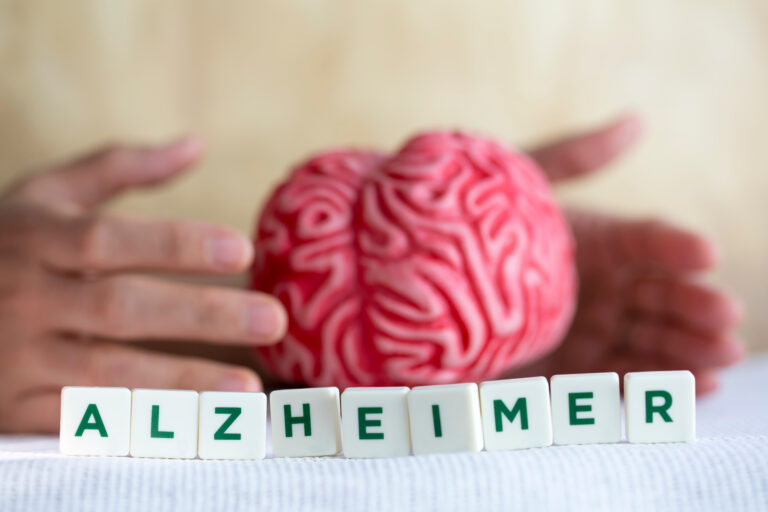Alzheimer’s disease is a progressive, degenerative brain disorder that affects millions of people worldwide. It is the most common form of dementia, accounting for 60-80% of all dementia cases. Alzheimer’s causes a decline in cognitive and memory functions, making it challenging for patients to perform daily tasks and communicate effectively.
One of the most significant challenges faced by Alzheimer’s patients is social isolation and withdrawal. As the disease progresses, patients may experience difficulty in initiating and maintaining social interactions. This can lead to feelings of loneliness, depression, and anxiety, which can worsen the symptoms of Alzheimer’s.
Social interaction is vital for Alzheimer’s patients as it helps them maintain a sense of connection, reduces feelings of isolation and boredom, and enhances their overall well-being. Engaging activities that promote social interaction have been shown to improve the quality of life for Alzheimer’s patients. In this article, we will discuss some meaningful and therapeutic activities that can help patients with Alzheimer’s engage socially and maintain a sense of purpose and fulfillment.
Music Therapy
Music has a unique way of evoking emotions and memories, making it an effective tool in engaging Alzheimer’s patients in social interaction. Music therapy involves listening to or creating music together in a group setting. It has been shown to reduce agitation, improve communication, and enhance mood in Alzheimer’s patients.
Introducing music from different eras and genres can also spark memories and encourage patients to share their experiences with others. Singing songs or playing musical instruments together can also promote social interaction and create a sense of camaraderie among patients. Moreover, music therapy has been shown to activate areas of the brain responsible for memory, improving cognitive function in patients with Alzheimer’s.
Art Therapy
Art therapy involves using various forms of art to promote self-expression and communication. For Alzheimer’s patients who may have difficulty communicating verbally, art therapy can be an effective way to express themselves and connect with others non-verbally.
Engaging in art activities, such as painting, drawing, or sculpting, can stimulate the brain and improve cognitive function. In a group setting, patients can also share their artwork and discuss their creations, promoting social interaction and a sense of accomplishment.
Reminiscence Therapy
Reminiscence therapy involves using the patient’s memories to trigger conversation and social interaction. The therapist can use photographs, music, or objects from the patient’s past to evoke memories and encourage patients to share their experiences.
This therapy has been shown to improve communication skills, reduce isolation and depression, and increase the overall well-being of Alzheimer’s patients. It allows patients to connect with others through shared experiences and promotes a sense of belonging and purpose.
Nature-Based Activities
Spending time outdoors and engaging in nature-based activities can be therapeutic for Alzheimer’s patients. Activities such as gardening, bird watching, and nature walks can stimulate the senses, improve mood, and promote social interaction.
In a group setting, patients can work together to tend to a garden or go on nature walks, allowing them to engage in meaningful conversations and connect with others. Being in nature has also been shown to reduce stress and anxiety in Alzheimer’s patients.
Pet Therapy
Interacting with animals has been shown to have numerous benefits for patients with Alzheimer’s. Pet therapy involves bringing trained animals into care facilities to interact with patients. Pets can provide comfort, reduce agitation, and promote social interaction among patients.
Studies have shown that pet therapy can also help improve cognitive function, reduce symptoms of depression and anxiety, and decrease the need for medication in Alzheimer’s patients. It allows patients to engage in physical and emotional activities, promoting a sense of well-being and connection.
Conclusion
Alzheimer’s disease can make social interaction challenging for patients, leading to feelings of isolation and loneliness. Engaging in meaningful activities that promote social interaction can significantly improve the quality of life for Alzheimer’s patients.
Music therapy, art therapy, reminiscence therapy, nature-based activities, and pet therapy are just a few examples of activities that can help patients with Alzheimer’s engage socially and maintain a sense of purpose and fulfillment. These activities not only provide a way for patients to connect with others but also offer therapeutic benefits that can improve their overall well-being. It is essential to incorporate social interaction into the daily routine of Alzheimer’s patients to promote their cognitive, emotional, and social health.





